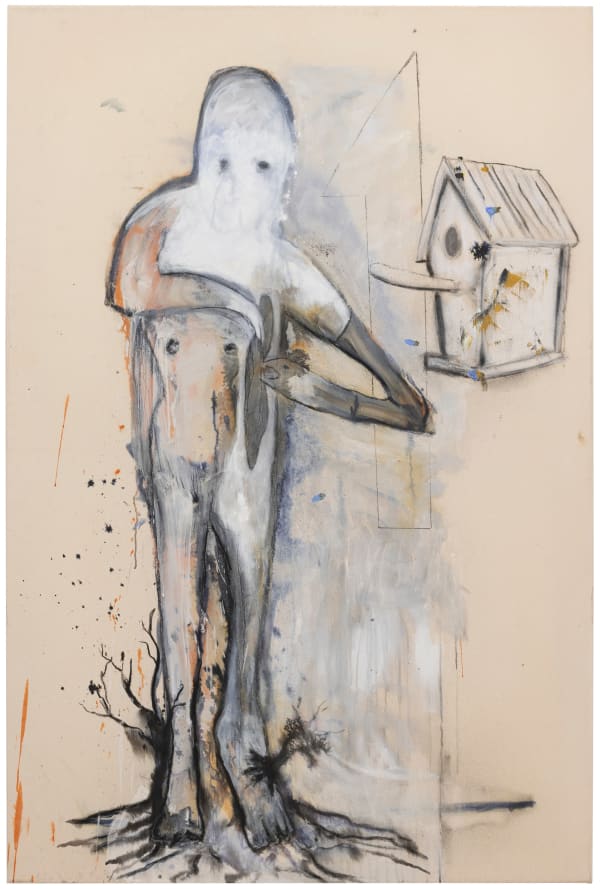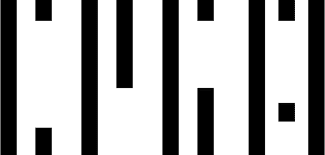-
Galerie Peter Kilchmann is delighted to present Temps contre Temps, A Taste of Freedom, the fourth solo exhibition by Swiss artist Valérie Favre (*1959, Evilard, near Biel), who lives and works between Neuchâtel and Berlin. As the recipient of this year’s prestigious Meret Oppenheim Prize, Favre unveils four never-before-seen series of paintings. These works, arranged like the rhythm of a metronome, alternate on the walls of the gallery at Rämistrasse, each telling a compelling story of freedom—both in life and in art. They represent Favre’s journey to break free from restrictions, pushing the boundaries of painting itself. Her technique embodies this theme, combining bold, impasto brushstrokes with delicate, translucent layers, creating a dynamic tension that reflects her liberated approach to art.
-
-
The exhibition at Rämistrasse immerses viewers in both familiar and new motifs, demonstrating Favre’s philosophical concerns and human sensitivity. Her fearless exploration of delicate subjects, such as the depiction of pain and societal constraints, invites viewers to contemplate the nature of freedom. Favre’s work often includes grid structures, a motif used historically to depict perspective and confinement. She juxtaposes these structures with elements of liberation, as seen in her portrayal of angels and everyday objects like scissors and vases.
-
Valérie Favre, Prix Meret Oppenheim, 2024
-
With Knast—the German word for "prison"—Valérie Favre introduces a powerful new cycle of works that explores the dual themes of freedom and its loss. The sharp, restrictive resonance of the word reflects the essence of the series, where ghostly figures peer at us from behind abstractly painted grids, evoking boundaries, limitations, and confinement. While these grids symbolize not just physical imprisonment but also broader social and personal constraints, Favre's work does not dwell in darkness. Instead, there is a playful wit to these figures—despite their apparent entrapment, they carry a sense of humor and lightness that keeps the series from being bleak. Favre’s technique also reflects her exploration of freedom. She applies a thin layer of ink horizontally across the canvas, often using deep midnight blues reminiscent of a writer’s ink. Each brushstroke remains visible, leaving nothing concealed or erased. The duality of the series—some works rendered with thick, textured strokes, others with delicate, glazed layers—underscores the artist’s investigation into her own freedom as a painter, balancing control with fluidity.
-
In the new body of work “Trace”, chance plays a pivotal role in shaping the paintings. The canvas is laid on the desk where the artist sketches, draws, and writes, capturing a variety of memories, marks, color stains, and random strokes. Various techniques and colors emerge organically. The resulting motifs are spontaneous and unplanned, giving the creative process full freedom. Here, rationality takes a back seat, allowing painting to break free and perhaps achieve a sense of liberation.
-
In the Les rêves series, we encounter dream creatures that point towards surrealism. A white glove grows from a bare tree, with roots extending from a body buried deep underground. A hybrid figure—a combination of a horse and a female body—sits, yet no seat is visible. These hybrids are reminiscent of the fantastical creatures in Leonora Carrington's surrealist work. Valérie Favre began creating this series of works back in 2015. The small-format pieces in particular stand out because the artist removes paint layer by layer through sanding and then repaints over it. Through this process, Favre literally frees the surface from its pigments and images, reversing the typical painting process by removing color. The pressure from the sanding tools also reveals the imprint of the stretcher frame, creating a visual boundary.
-

Galerie Peter Kilchmann
Rämistrasse 33, Zurich
, 30 August - 19 October 2024Be the first to know updates about Galerie Peter Kilchmann
* denotes required fields
We will process the personal data you have supplied to communicate with you in accordance with our Privacy Policy. You can unsubscribe or change your preferences at any time by clicking the link in our emails.













